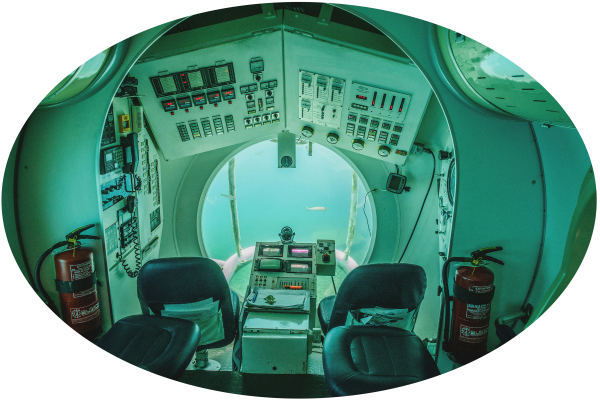New Citations | BIOPAC and BCI
Applying brain-computer interfaces and robotics to research opens doors to lots of new possibilities. There are many capabilities for this new technology and here are a few recent studies that have utilized this tech along with BIOPAC tools in order to explore new areas…
 Sharing imagery and analysis tools in a simulated submarine control room. Applied Ergonomics, 114, 104125. Michailovs, S., Howard, Z., Pond, S., Fitzgerald, M., Visser, T. A., Bell, J., Pinniger, G., Irons, J., Schmitt, M., Stoker, M., Huf, S., & Loft, S. (2024).
Sharing imagery and analysis tools in a simulated submarine control room. Applied Ergonomics, 114, 104125. Michailovs, S., Howard, Z., Pond, S., Fitzgerald, M., Visser, T. A., Bell, J., Pinniger, G., Irons, J., Schmitt, M., Stoker, M., Huf, S., & Loft, S. (2024).
In this human-machine interface study, researchers examined the effects of increased information on submarine operators. Researchers presented some participants with periscope imagery and analysis tools when completing simulated submarine control tasks. They compared these participants’ results with other participants who did not receive the additional information. The goal of the study was to determine whether providing additional information would provide an advantage to completing the mission. Researchers recorded HRV and EDA from participants using a wireless BIOPAC data acquisition system to determine the objective workload of the task at hand.
Remapping Wetness Perception in Upper Limb Amputees. Advanced Intelligent Systems, 2300512. Ploumitsakou, M., Muheim, J., Felouzis, A., Carbonell Muñoz, N. I., Iberite, F., Akouissi, O., Morosato F, Gruppioni E, Filingeri D, Micera S, & Shokur, S. (2024).
Researchers studied the perception of wetness in order to understand how to create the sensation for upper limb amputees. They realized that a sudden drop in temperature creates the illusion of coming into contact with wetness and tested this on a group of non-amputated participants. Researchers were able to replicate the sensation with a real-time thermal wearable device that mimics the thermal properties of the skin. Two upper limb amputee individuals armed their prosthetic with the device to try and discriminate between three levels of moisture.
The effect of in‐vehicle agent embodiment on drivers’ perceived usability and cognitive workload: Evidence from subjective reporting, ECG, and fNIRS. Human Factors and Ergonomics in Manufacturing & Service Industries. Ren, Z., Guo, F., Li, M., Lyu, W., & Duffy, V. G.
This study aimed to determine which type of in-vehicle information system agent produced the most positive effect on drivers’ perceived usability and cognitive workload. Researchers used ECG and fNIRS to record prefrontal cortex activation and determine the perceived usability and cognitive workload of three different types of in-vehicle agents.
Watch Our Trainings
Wearable BCI Platform with AR & AI Stimulus Response Best Practices
Stay Connected